Buyeo Kingdom Artifacts
 "Gold Bears in the Midst of Our Culture" is the title of the exhibition for these two artifacts. It is in the exhibition hall of the National Museum of Korea [Abbie]
"Gold Bears in the Midst of Our Culture" is the title of the exhibition for these two artifacts. It is in the exhibition hall of the National Museum of Korea [Abbie]Eternal Buyeo Kingdom Artifacts
Buyeo Kingdom artifacts (2nd BCE to 5th CE) article is my brief introduction to one of Korea's ancient kingdoms and their cultural achievement. Here, I am sharing with you some of the photos I have taken during my visit to South Korea's national museum located in Seoul.
So, I hope you will find this brief introduction enjoyable as well as educational. Although this page is titled Buyeo Kingdom Artifacts, it does not only describe and show photos but also brief backgrounds of Buyeo and its relevant historical accounts.
Buyeo Kingdom
The Buyeo Kingdom controlled a vast territory in China that covered the present Jilin Province and other neighboring areas, which could have changed over time due to the constant wars with other states trying to take control or protect their claims.
The king controls the central regions while the officials in Maga, Uga, Jeoga, and Guga ruled over their respective local regions.
The Buyeo Kingdom flourished from the 2nd century BCE to the 5th century CE.
After the Bronze Age and the fall of Gojoseon in around 108 BCE, many tribes and confederacies emerged to take control over the many parts of the Korean Peninsula and its surroundings.
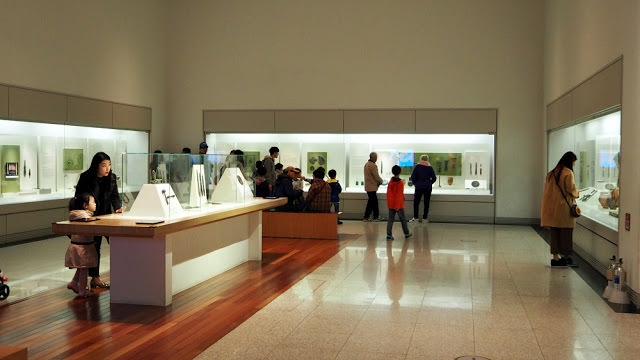 Buyeo Kingdom Artifacts Exhibition Hall at the National Museum of Korea, Seoul
Buyeo Kingdom Artifacts Exhibition Hall at the National Museum of Korea, Seoul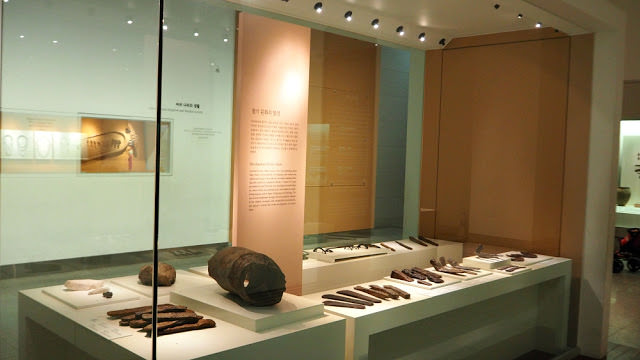 Metal tools and other artifacts from Buyeo Kingdom
Metal tools and other artifacts from Buyeo KingdomBuyeo and Goguryeo Kingdoms occupied Northeastern China, while other confederacies (Okjeo and Dongye) took control of the Northeastern part of Korea.
On the other hand, the central and southern regions of the Peninsula were divided by other confederacies called Mahan, Jinhan, and Byeonhan. That piece of Korean history is known as the Samhan Period.
Buyeo eventually was absorbed by the Goguryeo Kingdom, while the Mahan, Jinhan, and Byeonhan confederacies were each became parts of Baekje, Silla, and Gaya Kingdoms, respectively.
Tribal States of Okjeo and Dongye
Okjeo State covered the area of the present Hamgyeong-do Province in North Korea and the Southeastern Russian area - Primorsky Krai.
Due to the failure in unifying powers, Okjeo eventually fell and turned under the control of the Goguryeo Kingdom.
Dongye State, on the other hand, covered the Northeastern region of the Korean Peninsula, particularly the present Gangwon-do Province.
Dongye was able to control its territories for a while by forcing trespassers to pay compensations such as giving goods, e.g., animals, food, and even slaves. They use the mountains and water resources to defend their territories.
Iron Development
Iron tools and their introduction to the Peninsula came from the Han Dynasty period in China. The iron tools were produced as the main facilities to support the peoples and the Royals' tools, including weapons, farming tools, horse equipment, and more.
At the turn of the first century, the Southern areas of Korea developed iron technology making various tools. They exported them to neighboring countries and regions such as Japan, Nangnang, and Daebang.
Stronger than bronze, iron technology has brought about cultural, economic, and political changes that eventually developed into the old states of the Peninsula.
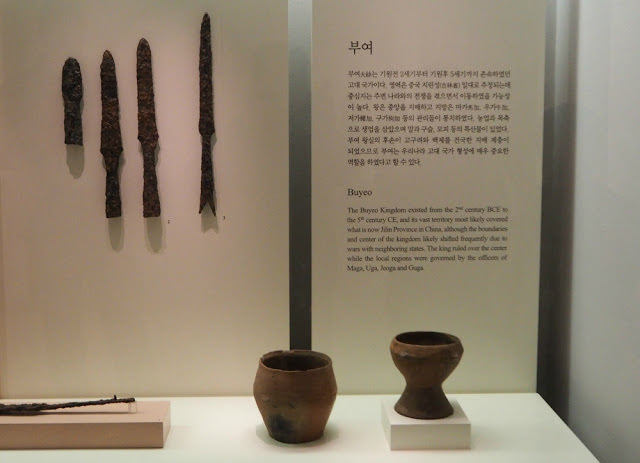 Weapons and pottery artifacts from Buyeo Kingdom on display at the National Museum of Korea
Weapons and pottery artifacts from Buyeo Kingdom on display at the National Museum of Korea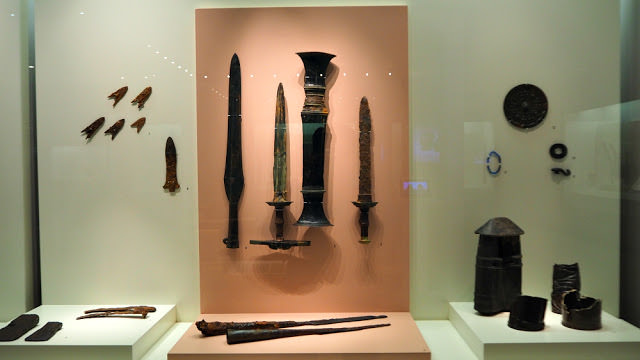 The Buyeo Kingdom's weaponry artifacts
The Buyeo Kingdom's weaponry artifacts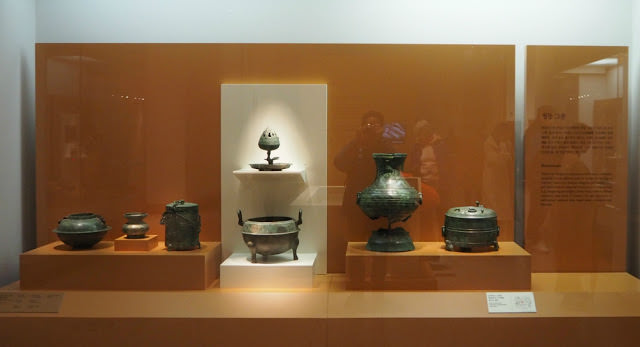 Buyeo Kingdom artifacts - incense burners
Buyeo Kingdom artifacts - incense burners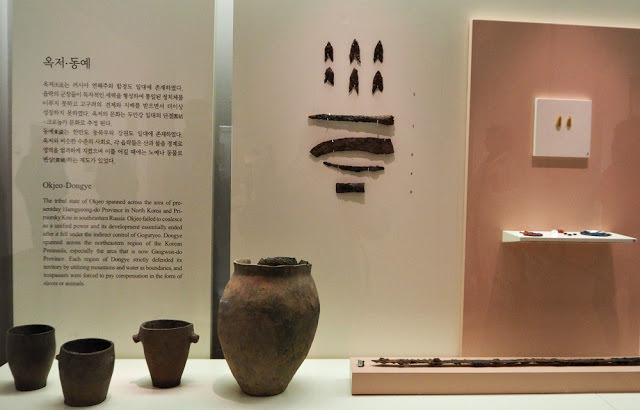 Pots, arrow heads, and other tools made during the Okjeo and Dongye States that were later on under the Goguryeo Kingdom
Pots, arrow heads, and other tools made during the Okjeo and Dongye States that were later on under the Goguryeo KingdomBuyeo Kingdom Artifacts at Burial Sites
Burial goods were excavated in many sites in the Peninsula; some of them were from Seogam-ri. Discovered with iron weaponry, which replaced the bronze weapons and the farming equipment. The tombs in Lelang and Jungwon included horse paraphernalia and miniature burial objects.
The Seogam-ri Tomb in Pyeongyang that was discovered consisted of a large wooden chamber encasing a coffin and several burial artifacts, including lacquer wares, bronze mirrors, and some accessories most probably coming from China.
Anthropologists say that the Buyeo Kingdom artifacts contained in the tomb seem to be of the highest-ranking official of the Nangnang community. One of the objects found inside the tomb dates back to the 8th year CE.
The lacquerwares, which included dishes and weaponry, were from Lelang tombs, and some of them even had the maker and dates of production. Both men and women probably wore the bracelets and rings during that period.
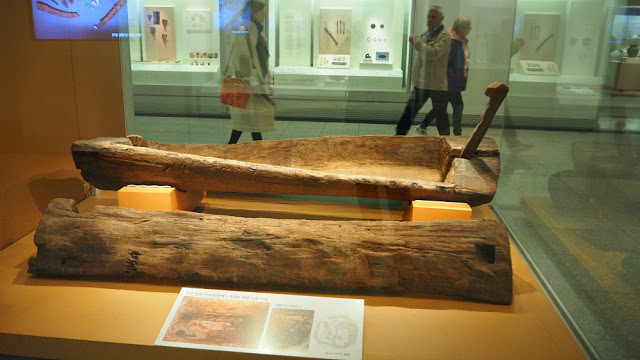 Wood coffin
Wood coffinAncient Wood Coffin. Wood coffin in Korea , from the Joseon Dynasty(1392-1910), crafted with a unique combination of woodworking techniques. The coffin is made from a single tree trunk and has two distinct layers of Korean pine boards.
In the upper layer, thin boards are vertically aligned to form an arch shape, while in the lower layer, thick boards are horizontally placed along the entire length of the coffin.
The coffin is decorated with intricate patterns made by carving, piercing, and inlaying. The carvings include traditional symbols such as flowers and clouds, while the inlays contain mother-of-pearl decorations.
This combination of artistic techniques gives the coffin an impressive visual effect that was reflective of the social and economic status of its owner. The outer surface is also decorated with intricate patterns that were made using lacquer and gold powder, giving it an elaborate finish.
The Korean Coffin continues to be treasured for its unique craftsmanship and cultural value, making it a popular item in museums and collections around the world. It serves as a reminder of the traditional Korean funeral customs and provides a glimpse into the history of Korea.
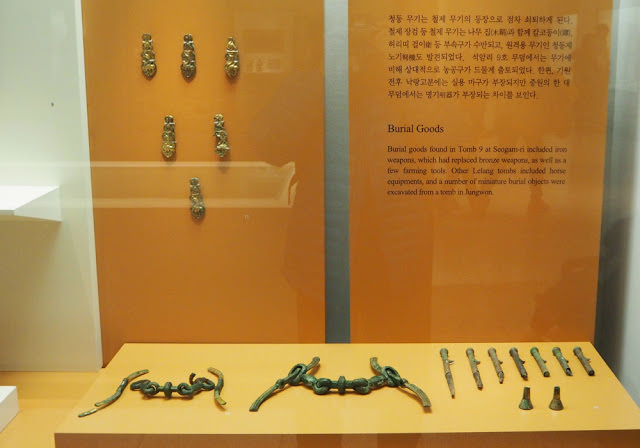 Burial items discovered during the Buyeo Kingdom period
Burial items discovered during the Buyeo Kingdom periodBuyeo Kingdom Artifacts & Ancient Rites
Most ancient people used animal bones and other materials to foretell future activities and events. The diviners or spiritual person would heat the bone from a dear or boar until it cracks then interpret its meaning - bad or good omen.
During the Buyeo Kingdom, such rituals are done right before any serious event that would affect the kingdom, such as an impending war. Kings and ruling classes would use this divination when making big decisions in governing society and strengthening the community.
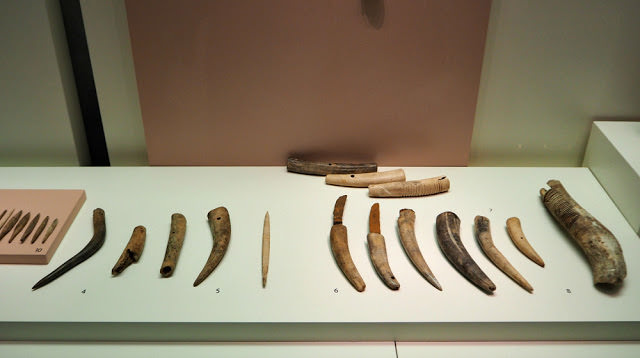 Tools made with animal parts such as antlers, horns, bones, etc.
Tools made with animal parts such as antlers, horns, bones, etc.
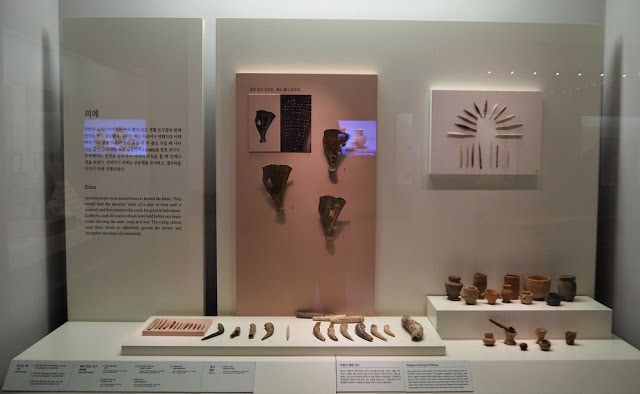 Pottery and tools for daily use
Pottery and tools for daily use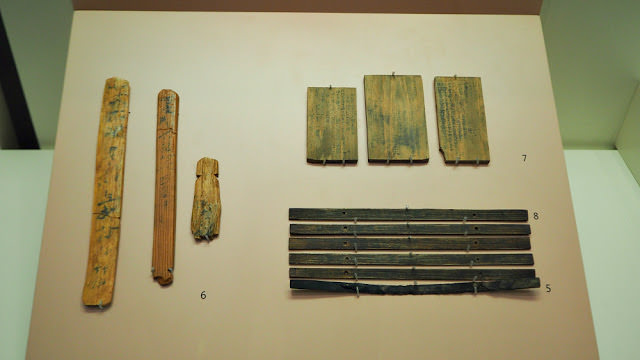 Texts written or carved on bamboo and wooden materials
Texts written or carved on bamboo and wooden materials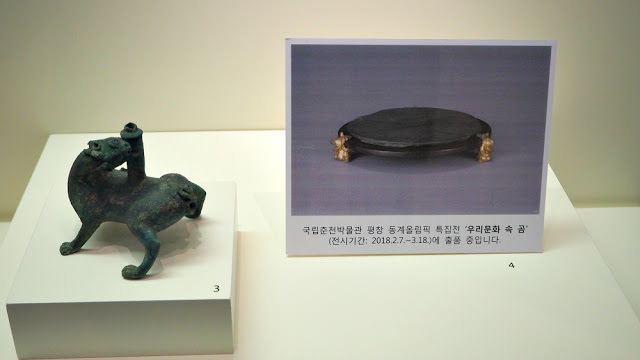 Bear sculpture
Bear sculptureBuyeo Kingdom Brief Historical Account
Dongbuyeo was an ancient Korean kingdom that established from Bukbuyeo until it was conquered by early Goguryeo, which then became among the Three Kingdoms of Korea.
Based on the Samguk Sagi, it was established when Buyeo's King Hae Buru moved the capital eastward by the sea.
Sources from the Samguk Sagi and other accounts say that the kingdom of Dongbuyeo branched off to the east of Bukbuyeo, which was located close to Okjeo territory.
Tales and Early Eastern Buyeo
A story that was told mentioned that Hae Buru found a golden frog-like child under a big rock. Hae Buru then adopted and named the child Geumwa, suggesting golden frog, and later made him crown prince.
Geumwa grew up and became king after Hae Buru's passed away. Not long after he gained the throne, King Geumwa reversed his father's submission to Bukbuyeo and stated himself "Supreme king" and offered the title posthumously to his father, Hae Buru.
At Taebaek Mountain, Geumwa met Lady Yuhwa, who was the disowned daughter Habaek, the god of the Amnok River. Lady Yuhwa got pregnant through the sunlight and laid an egg from which Jumong came out.
Unfortunately, Geumwa's two sons resented Jumong, despite Geumwa's intervention to protect him. Experiencing the situation, Jumong ran away to Jolbon Buyeo, where he later established the Goguryeo Kingdom.
During the reign of King Yuri of Goguryeo Kingdom, King Daeso invaded it. It was during the rule of King Daemusin, Goguryeo's third ruler, who attacked Dongbuyeo and killed King Daeso.
Later Eastern Buyeo Kingdom
Some accounts say that Jumong was from Bukbuyeo and not Dongbuyeo. According to the Gwanggaeto stele (stone with carved messages), Dongbuyeo was a tributary of Goguryeo.
Dongbuyeo was briefly revived by a little state established around 285 by refugees of Buyeo. King Gwanggaeto the Great of the Goguryeo Kingdom in 410, ruled the small state.
This Later Eastern Buyeo Kingdom was a tributary of Goguryeo and prospered until 475 when it was destroyed by the Chinese Northern Wei. By 538, Baekje had absorbed all of former Buyeo lands and established their capital at Ungjin (present-day Gongju).
The last King of Buyeo, King Youngryu, was given a title of Prince and relocated to the Chinese capital.
The last prince of Later Eastern Buyeo is believed to have died in 651 AD. However, other accounts state that he returned to Goguryeo shortly before his death and died in the land of his ancestors.
After the fall of Later Eastern Buyeo, its people dispersed, some making their way to Japan while other remained in Korea and assimilated with the local population.
While all traces of this small kingdom have disappeared, it is remembered as a part of Korean history and numerous archeological findings in South Chungcheong Province serve as a reminder of the legacy of Later Eastern Buyeo. As a testament to its influence, even today, the province is known as “Buyeo-gun” or Buyeo County.
The kingdom of Later Eastern Buyeo may have been forgotten in time, but its legacy continues to live on through stories and artifacts. As we uncover more about this lost kingdom, it is clear that Later Eastern Buyeo played a significant role in Korean history and culture. Through careful research and exploration of the area, historians can further appreciate this ancient civilization and its contributions to modern Korea.
Despite its short time on the historical stage, Later Eastern Buyeo provides an example of a powerful and dynamic kingdom that rivaled its contemporaries in the region. Its location on the Yeongsan River and near the sea allowed it to command control over important trade routes, thus establishing itself as a prominent economic power.
Moreover, by maintaining strong ties with former rivals, Later Eastern Buyeo was able to form diplomatic alliances and increase its standing as a regional force.
This kingdom was also known for its advances in technology, particularly with regards to military defense. As the kingdom grew and expanded, so did its fortifications, which served both to protect it from invaders and as well as showcase its power and strength.
Getting to National Museum of Korea
You can see more Buyeo Kingdom artifacts at South Korea's national museum. Yes, they are exciting and entertaining as well as educational.
The museum is huge and houses thousands of ancient artifacts, both donated and excavated after many decades of work and research.
You can check out more about the National Museum of Korea here and see how to get there using public transports. It is in Seoul, so it is quite easy to find.
Thanks for visiting this page!
- Home
- Historical Attractions
- Buyeo Kingdom Artifacts
Get Exciting Activities
Book one of our exciting activities today to experience the thrill of a lifetime! Take advantage of this opportunity and secure your spot in advance.
Hotel Map Guide
Find your affordable, accessible, and comfortable hotel in Seoul at Agoda.Com. See the hotel map below...
Hotel Booking Guide
Find affordable and amazing hotels on Agoda.com using the search box below. Book now to enjoy great discounts and save!
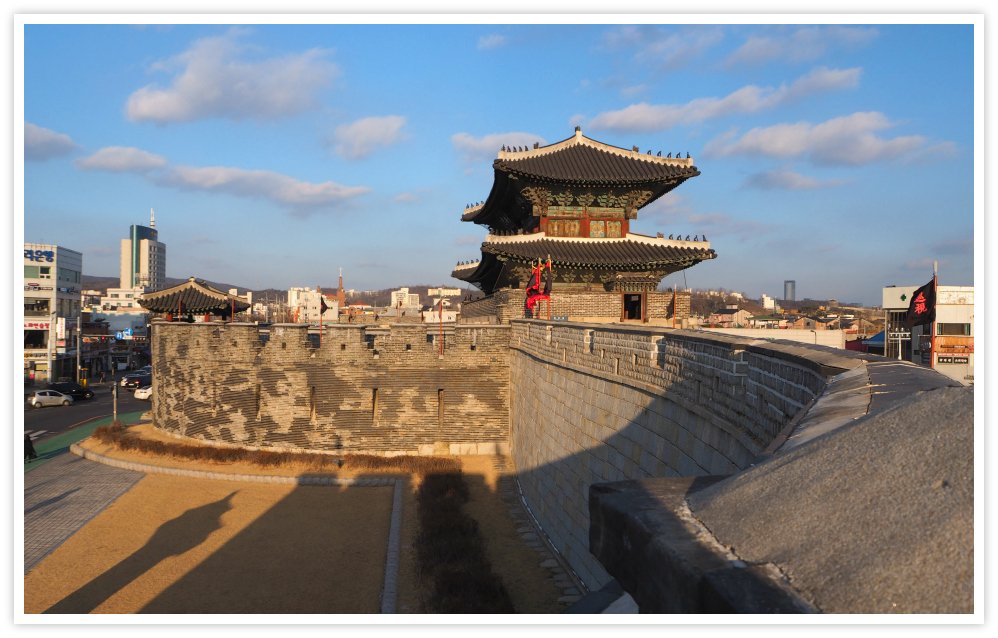
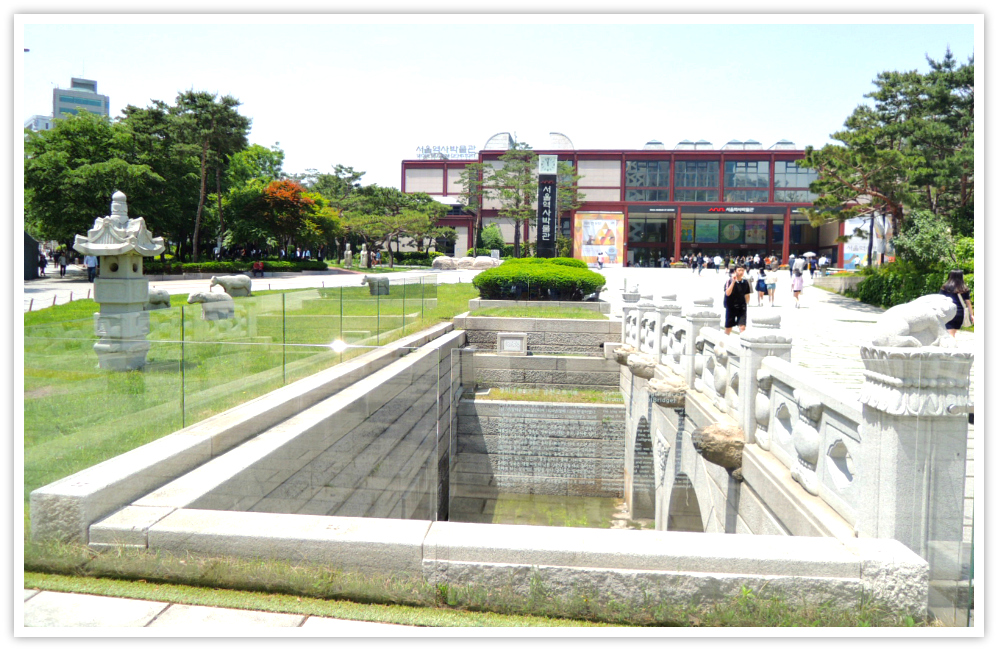
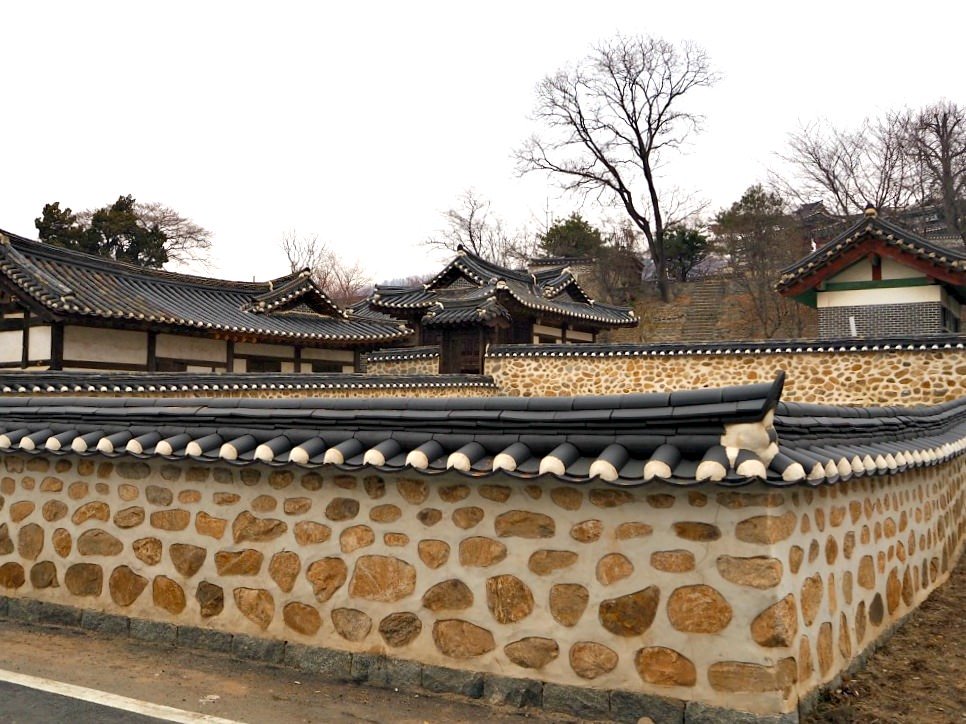




New! Comments
What do you think about this page? Leave me a comment in the box below.